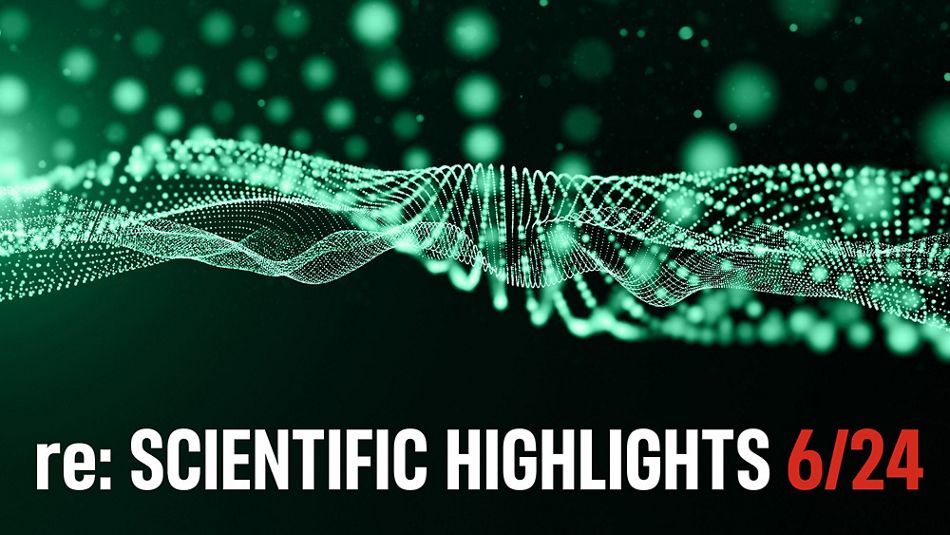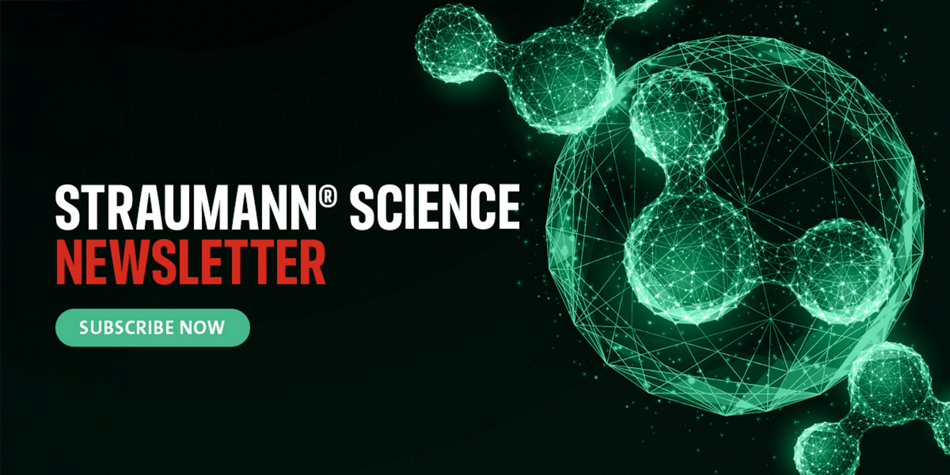STUDY OBJECTIVES AND METHODS
The aim of this review was to highlights recent advances in osteoimmunomodulation of biomaterials after intrabone implantation from a novel perspective-surface hydrophilicity, and summarizes the series of immune reactions and subsequent bone remodeling that occur in response to hydrophilic implants, focusing on protein adsorption, the behaviors of major immune cells, and osteoimmunomodulation-enhanced angiogenesis and osteogenesis. Hydrophilic biomaterials have the capacity to alter the surrounding immune microenvironment and accelerate the process of material-tissue bonding, thereby facilitating the successful integration of biomaterials with tissue. Collectively, the authors hope that this article provides strategies for modulating hydrophilicity to achieve osteoimmunomodulatory performance and further promotes the development of novel implantable biomaterials for orthopedic and dental applications.
Adapted from X Wei et al., J Mater Chem B. 2024 Nov 6;12(43):11089-11104., for more info about this publication, click HERE
This review is part of the Straumann "Scientific Highlights Newsletter 6/24"
Other highlights of this issue:
- Osseointegration of anodized vs. sandblasted implant surfaces in a guided bone regeneration acute dehiscence-type defect: An in vivo experimental mandibular minipig model
- Reconstructive surgical treatment of peri-implantitis with use of a chitosan brush for decontamination- case series with 1-year follow-up
- Mandibular overdenture retained by four one-piece titanium-zirconium mini implants: A 2-year follow-up on prosthodontic outcomes
- Implant Stability After Graftless Motor-Driven Crestal Sinus Elevation: A Cohort Study
- Influence of implant diameter on accuracy of static implant guided surgery: An in vitro study
- Intraoral scanning for implant-supported complete-arch fixed dental prostheses (ISCFDPs): Four clinical reports


